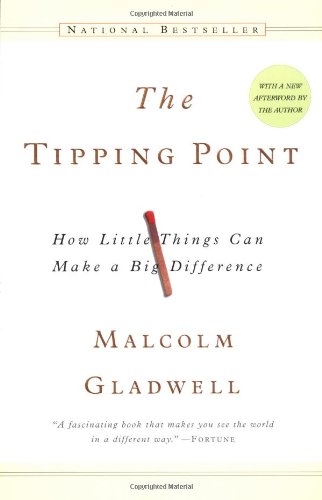 It wasn’t until after I finished reading Winter of the World by Ken Follett, that I realized how many historical novels I have read this year, specifically ones about World War II (see here and here). Winter of the World is the second book in Follett’s Century Trilogy. I read the first book, Fall of Giants, earlier this year, and I really enjoyed returning to the series. I have always been interested in the World War II era ever since I was little, and I still find it to be a really interesting time in history.
It wasn’t until after I finished reading Winter of the World by Ken Follett, that I realized how many historical novels I have read this year, specifically ones about World War II (see here and here). Winter of the World is the second book in Follett’s Century Trilogy. I read the first book, Fall of Giants, earlier this year, and I really enjoyed returning to the series. I have always been interested in the World War II era ever since I was little, and I still find it to be a really interesting time in history.
The Century Trilogy, much like Follett’s Pillars of the Earth series, follows multiple interconnected families through the 20th century. These characters were established in Fall of Giants, and are picked up again a few years later. Winter of the World follows the younger generation, which gives the book a more of a youthful feel to it, but as always the story is grounded in history. Follett meticulously places his characters where they need to be to hit all the major historical events of the time. The first book established characters in the UK, Germany, the US, and the Soviet Union, which sets Follett up to easily sail through the 20th century. On a more detailed level Follett has a variety of characters, from government officials, to international spies, and from the rich to the poor, so that his reader gets as flushed out a picture of the era as he can give them.
One of Follett’s greatest strengths as a writer is his ability to give characters depth and variety. Each one of the people in his book has their own story, their own motives, and their own individual personality. As always, he is especially adept at writing particularly strong female characters, which I always enjoy. I find that at times his books can get to be a bit soap-opera-y, and that those element of the story can be overdone sometimes, but at the same time, the soap opera parts break up the political turmoil that the book is based on. It also gives his readers a more flushed out story by adding a personal element into the mix. I wasn’t blown away by his writing style, but Follett certainly knows how to write a good story and how to keep the suspense going.
I did notice that in this book there was a darker streak running through the text as compared to the first book in the series. Follett is definitely not afraid to put his characters through turmoil and have them deal with the outcome of said turmoil. At first I was surprised by the darker parts of the novel, especially after reading many of his other books, but I feel like the darker streak is expected when one considers the time period that he is writing about. Not only is he writing about a world war, he is writing about the second world ward that most of these characters have seen in their lives – and none of his characters are very old. That, and the specific facts of history: the fear of fascism and communism, and the terror that the Nazis inflicted on Germany and on the world during this time, justifies Follett’s darker streak in my mind.
Follett also does a good job of setting the scene for his third book, Edge of Eternity, which picks up where Winter of the World left off, and follows the next generation through the Cold War era. He introduces many of the prevalent issues of the time: specifically the power struggle between the Soviet Union and the US, the rush for nuclear weapons, and the fear that there would be yet another world war, all of which were concerns at the end of World War II. After finishing this book, I am in the mood to delve into his third book, but unfortunately I will have to wait until September 2014…









